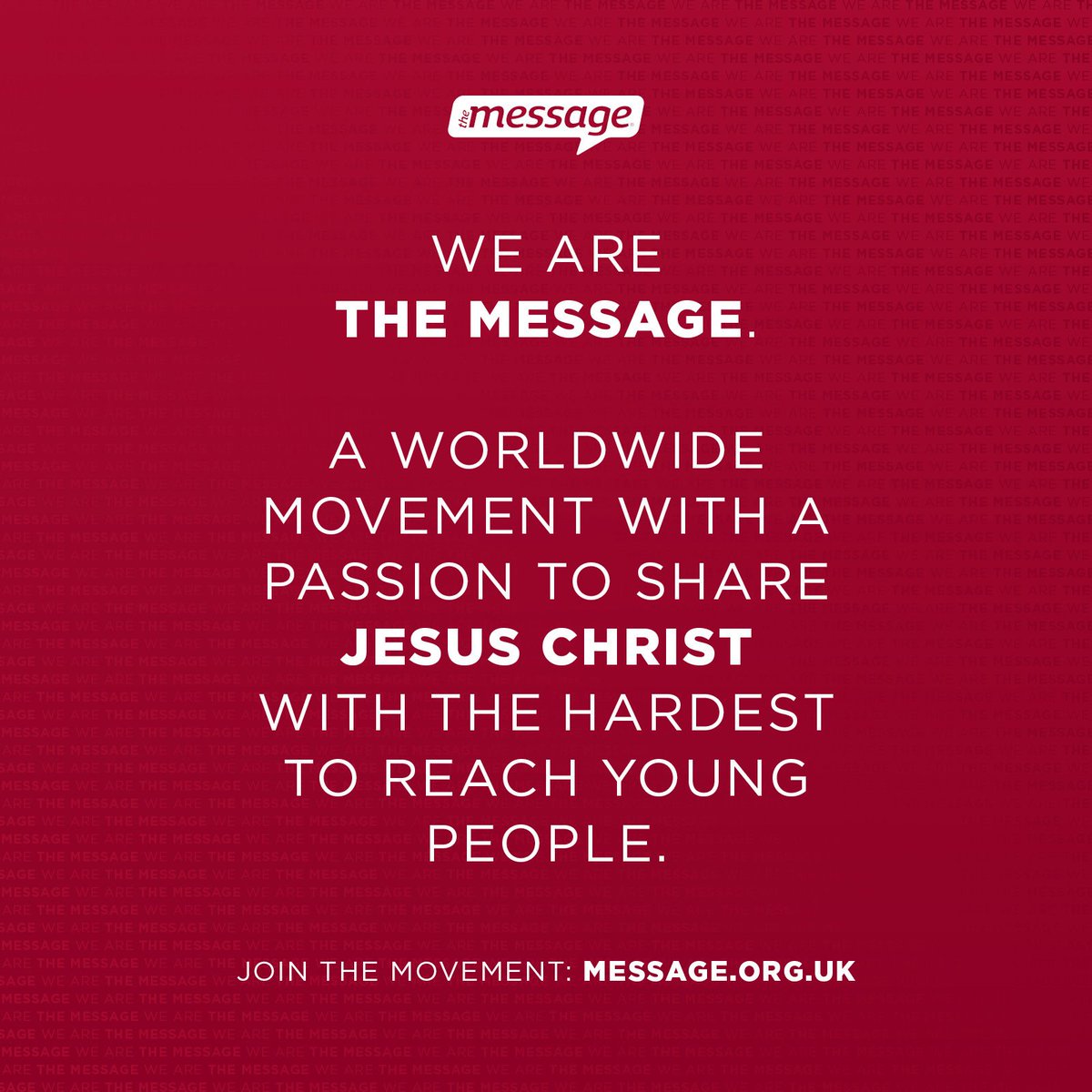Let’s talk about trust message because it’s not just a buzzword—it’s the backbone of every successful relationship, business, or interaction. In today’s fast-paced digital world, trust is more important than ever. Whether you’re trying to build a loyal customer base, strengthen personal relationships, or secure your online presence, sending the right trust message can make all the difference. People want to know they can rely on you, and that starts with how you communicate.
You’ve probably heard the saying, “Actions speak louder than words,” but in reality, words often set the tone for what actions will follow. Think about it—when someone approaches you with a clear, honest, and trustworthy message, you’re more likely to give them a chance. That’s why mastering trust messages is crucial. It’s not just about what you say; it’s about how you say it and whether people believe you mean it.
Now, I’m not here to lecture you with boring jargon or outdated advice. Instead, let’s dive into the real deal: how trust messages work, why they matter, and how you can use them to your advantage. This isn’t just theory—it’s actionable tips that you can implement right away. So, buckle up, grab a coffee, and let’s get started.
Read also:Emma Vigelands Parents Discovering The Heartwarming Story Behind The Iconic Face
What Exactly is a Trust Message?
A trust message is more than just a sentence or phrase. It’s the way you communicate your intentions, values, and promises to others. Whether you’re a business owner, a marketer, or even a friend looking to mend a relationship, trust messages are the foundation of effective communication. They’re the signals you send out to let people know they can depend on you.
Here’s the thing: trust isn’t built overnight. It’s a gradual process that requires consistency, honesty, and transparency. A well-crafted trust message doesn’t just tell people what you’ll do—it shows them through your actions. And in a world where misinformation and distrust run rampant, this kind of communication is gold.
Why Trust Messages Matter in Today’s World
In a world where people are bombarded with information from every direction, standing out isn’t easy. But when you send a trust message, you’re cutting through the noise. Think about the brands you love or the people you trust—what makes them special? Chances are, it’s their ability to consistently deliver on their promises.
Trust messages also play a huge role in decision-making. When someone feels secure and confident in your communication, they’re more likely to engage with you. This applies to everything from signing up for a newsletter to making a major purchase. If you can convince someone that you’re reliable, the possibilities are endless.
Building Blocks of a Strong Trust Message
So, what does a strong trust message look like? Let me break it down for you:
- Honesty: People can spot a fake a mile away. If you’re not truthful, your trust message won’t land. Be upfront about who you are and what you offer.
- Transparency: Share the good, the bad, and the ugly. When you’re open about your strengths and weaknesses, people are more likely to trust you.
- Consistency: Trust isn’t built in a day. You need to keep delivering on your promises over time to prove that you’re reliable.
- Empathy: Put yourself in someone else’s shoes. Show them that you understand their concerns and care about their needs.
These building blocks might seem simple, but they’re powerful. When you combine them, you create a trust message that resonates with people on a deep level.
Read also:Joe Jennette Mccurdy The Inspiring Journey Of A Remarkable Woman
How to Craft an Effective Trust Message
Crafting a trust message isn’t rocket science, but it does require some thought. Here’s a step-by-step guide:
Step 1: Know Your Audience
Before you even think about crafting a message, you need to understand who you’re talking to. What are their pain points? What do they value? Tailor your message to address their specific needs and concerns. For example, if you’re targeting young professionals, you might focus on career growth and innovation.
Step 2: Be Clear and Concise
No one has time for long-winded explanations. Get straight to the point and make sure your message is easy to understand. Use simple language and avoid unnecessary jargon. Remember, clarity builds trust.
Step 3: Highlight Your Unique Value
What makes you different from everyone else? Whether it’s your expertise, your passion, or your track record, highlight what sets you apart. This helps people see why they should trust you over someone else.
Step 4: Follow Up with Action
Talking the talk is great, but walking the walk is what really matters. Back up your trust message with actions that prove you mean what you say. If you promise great customer service, deliver it every single time.
Examples of Trust Messages in Action
Talk is cheap, right? Let’s look at some real-world examples of trust messages in action:
- Amazon: “We deliver on time, every time.” Amazon’s trust message revolves around reliability and speed. They’ve built their empire by consistently meeting customer expectations.
- Patagonia: “We care about the planet.” Patagonia’s trust message focuses on sustainability and ethical practices. They’ve won over millions of environmentally conscious consumers with their commitment to the cause.
- Tesla: “We’re leading the future of transportation.” Tesla’s trust message is all about innovation and leadership. They’ve positioned themselves as pioneers in the electric vehicle industry.
These brands have mastered the art of sending trust messages that resonate with their audience. They’ve proven time and time again that they’re reliable, honest, and committed to their values.
Common Mistakes to Avoid When Sending Trust Messages
Let’s face it—sending a trust message isn’t always easy. Here are some common mistakes to avoid:
- Overpromising: Don’t make promises you can’t keep. If you say you’ll deliver something, make sure you actually can.
- Being Inconsistent: If your message changes every other week, people won’t know what to expect from you. Stick to your core values and principles.
- Ignoring Feedback: Trust is a two-way street. If your audience tells you something isn’t working, listen to them and make adjustments.
By avoiding these mistakes, you’ll be well on your way to crafting a trust message that truly connects with your audience.
The Role of Technology in Trust Messages
Technology has completely transformed the way we communicate, and that includes trust messages. In the digital age, trust is often built through online interactions. Here’s how technology plays a role:
- Secure Platforms: People want to know their data is safe. Using secure platforms and encryption technology can help build trust with your audience.
- Transparent Policies: Whether it’s your privacy policy or return policy, make sure everything is clearly stated and easy to find. Transparency builds trust.
- Customer Reviews: Social proof is powerful. Encourage satisfied customers to leave reviews and testimonials that showcase your trustworthiness.
Technology isn’t just a tool—it’s an opportunity to enhance your trust message and connect with people in new ways.
Trust Messages in Personal Relationships
Trust messages aren’t just for businesses—they’re also vital in personal relationships. Whether you’re trying to strengthen a friendship or mend a broken relationship, sending the right trust message can make all the difference. Here’s how:
Step 1: Listen Actively
People want to feel heard. Show them that you’re paying attention to their needs and concerns. Active listening builds trust and strengthens connections.
Step 2: Be Vulnerable
Sharing your own struggles and vulnerabilities can help build trust. When you’re open about your imperfections, others are more likely to trust you in return.
Step 3: Follow Through
Just like in business, consistency is key. If you say you’ll do something, make sure you do it. Following through on your promises shows that you’re reliable and trustworthy.
Measuring the Impact of Your Trust Message
How do you know if your trust message is working? Here are a few metrics to keep an eye on:
- Engagement: Are people responding to your message? Look at metrics like comments, shares, and likes to gauge engagement.
- Conversion Rates: If you’re running a business, track how many people take action after receiving your trust message. Are they signing up for your service or making a purchase?
- Customer Retention: Trust is a long-term game. If people keep coming back to you, it’s a sign that your trust message is resonating.
By measuring these metrics, you can fine-tune your trust message and make it even more effective.
Conclusion: Take Action and Build Trust Today
Trust messages are the key to building strong connections, whether in business or personal relationships. By being honest, transparent, and consistent, you can create a message that resonates with your audience and sets you apart from the competition.
So, what are you waiting for? Take action today and start crafting your trust message. Engage with your audience, listen to their feedback, and make adjustments as needed. The more you practice, the better you’ll get.
And don’t forget to share this article with your friends and colleagues. Trust is a powerful thing, and the more people understand it, the better off we’ll all be. Let’s work together to build a world where trust is the norm, not the exception.
Table of Contents
- What Exactly is a Trust Message?
- Why Trust Messages Matter in Today’s World
- Building Blocks of a Strong Trust Message
- How to Craft an Effective Trust Message
- Examples of Trust Messages in Action
- Common Mistakes to Avoid When Sending Trust Messages
- The Role of Technology in Trust Messages
- Trust Messages in Personal Relationships
- Measuring the Impact of Your Trust Message
- Conclusion: Take Action and Build Trust Today


